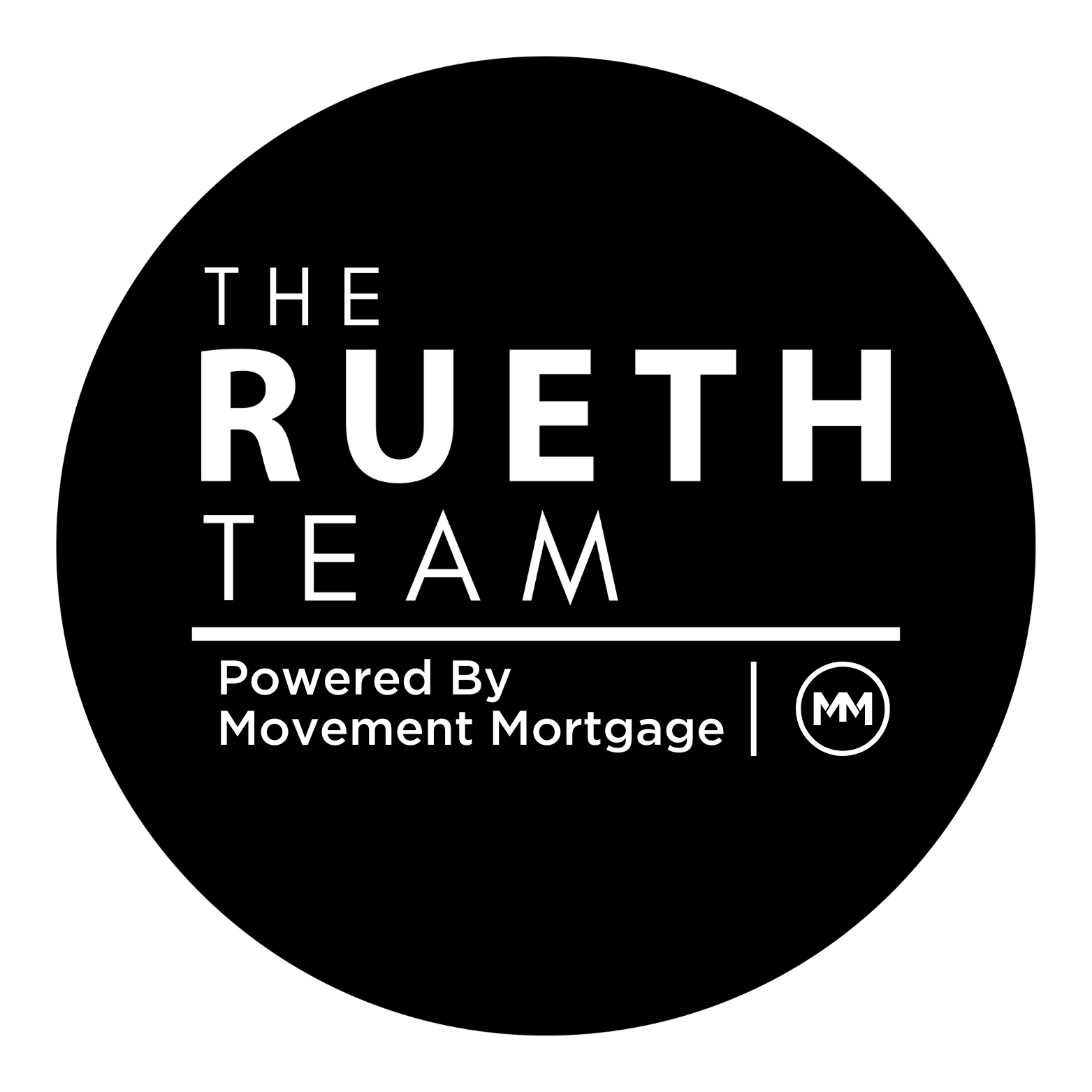Rates Dropped Before the Fed EXPLAINED If you're thinking about buying a home, you've probably…
February 2020 Market Trends
It’s a Privilege to be a Homeowner in This Market
I stopped in my tracks when I saw DMAR’s January Month End Active Listings and Month End Closed Homes Chart – aptly nicknamed the “alligator.” It painfully reminds me of a race to the bottom. Who can hang on the longest, the buyers or the sellers, while we break records, cash in on our equity and disadvantage first time home buyers, down payment assistance buyers, VA buyers and the like struggle to find homes. Mike DelPrete recently remarked, “The idea that Zillow could lose $600 million and continue to have such a powerful industry presence indicates that the rules are different for some players. It’s like playing baseball against a team that gets 100 outs per inning”. That’s the advantage our sellers have in this market.
Is it wrong? No. It is fundamental economics. Short supply with high demand resulting in higher pricing.
Today’s high-priced real estate is a product of an extremely liquid monetary policy driving interest rates down and the stock market up at a time when demographics are pitting demand against a rising homeownership tenure and a worldwide pandemic creating a new definition of home.
The Plight of the Buyer
The average buyer today was born 33 years ago. The pandemic did not create today’s high demand; it ignited it. Right now, the largest age group is 29 years old, with a strong population continuing for over a decade and another peak of future buyers just on the cusp of their teenage years. As they continue to grow, so will buyers’ diversity. Two-thirds of the homeownership growth over the next decade is expected to be multicultural.
This diversity has never been so celebrated as in 2021 when the first Black American and the first South Asian American is elected vice president in U.S. history. Additionally, it is also the first time a woman is appointed to hold the highest financial position in the US while many others of diversity focus on leading our country towards a recovery.
This broadening buyer pool will come with challenges. In 2020, 11.9% of buyers were FHA, many without access to down payments, and the lowest percentage since 2007. 23.52% of buyers, however, came with cash. Others tapping into profits from the skyrocketing stock market are entering with healthy down payments, appraisal gaps, and offering over asking price.
The Buyer Today Has Three Options
- Go big to go home. A friend shared her buyer’s experience with me yesterday . . . $474,000 offer price, 100 15-minute showings, 36 offers, $85,000 over asking, and a full appraisal gap. One well-funded buyer, number 99, left empty-handed.
- Look for “out of favor” homes, which are houses that have been on the market longer than one weekend. Who knows why a home might end up here, but the $300,000 to $500,000 price bracket has days of inventory, not months in this market. Those “out of favor” homes offer buyers a chance to use down payment assistance, VA eligibility, the new FHA DACA opportunity or even the proposed $15,000 tax credit.
- Look at new builds. Builders are struggling to keep up with demand as twice as many buyers shift from the lack of existing homes to the promise of a new home contract. A new build commitment comes at a price. New builds are now geographically farther out as communities search for land, have extended turn times, are seeing prices rise as builders struggle with a shortage of labor and supplies, and run the risk of higher interest rates as the economy grows stronger.
The Favor of Sellers
Today’s sellers hold all the cards. Nationwide inventory is hitting record lows with 1.9 months of inventory. DMAR’s 11 Counties have .76, or three weeks of inventory.
Douglas County ranks #1 for our nation’s fastest-growing exurb, and Denver is the nation’s 2021 top 9 housing market. What sellers have, buyers want. It is truly a privilege to be a homeowner in today’s market. CoreLogic quoted the nation’s equity growth at 9.49% and Denver at 8% from last year. FHFA, which are homes with Fannie Mae and Freddie Mac loans, saw an 11% gain. When coupled with the power of leverage, the average DMAR homeowner gained $71,326 last year on a $550,425 average home price between equity gain and principle reduction, assuming a 2.75% rate putting 10% down. If that homeowner now chooses to sell, add a bid up contract price to their winnings and that’s opportunity. Of course, the twist is the seller now has to find a home to buy in the same market.
Single-family home sellers saw a 101.03% close to list price in January and a drop to 5 days in the MLS, down from 6 last month and 24 days last year.
Pure Economics
As we enter the bottom half of the game, it’s hard to see where it will end. While we might have seen the lowest ever mortgage rate; Jerome Powell is now accompanied by a strong partner in spending, Janet Yellen.
At the last Fed meeting, Powell held onto their plan of purchasing an ongoing $120B in mortgage-backed securities and treasuries a month, holding off an inevitable taper tantrum for a while longer and keeping rates low.
Builder confidence still remains at historic highs, although softening slightly with supply-side constraints of labor shortages, affordable lots, and rising lumber and material costs. Consumer confidence is also stabilizing on the promise of a widely available vaccine. Soon consumers will be able to shift their purchases from homes, cars, and anything they can find on Amazon to airfare, Disney tickets and next year’s World Series. Stimulus packages and the inability to spend have increased America’s savings by 13.7%. Colorado’s employed are also benefiting from a weekly wage gain of 8.7% over last year.
This impending shift from goods to services will begin the climb back to our economic recovery.
Conclusion
Denver’s housing market is strong; we know that. Historically Denver runs a 6% gain in home values and teeters on a sellers-market in any year. This season, however, the housing market continues to hit extremes. At the same time, buyers desperately try to get into the home of their dreams or look to invest in long term multi-generational wealth opportunities. However, as the vaccine rolls out, rates will begin a slow climb, home prices will start to extinguish themselves, and the ability to spend money on something else; will result in the market cooling . . . slightly. Mind you, no one expects depreciation, but a pullback from extremes, allowing first-time homebuyers to compete again.
As professionals in the real estate market, we have to continue seeking out buyers’ opportunities, giving them their turn to homeownership privilege.
Keeping you updated,
Nicole Rueth
Producing Branch Manager with The Rueth Team of Fairway Mortgage




